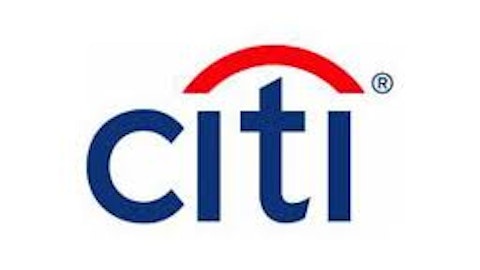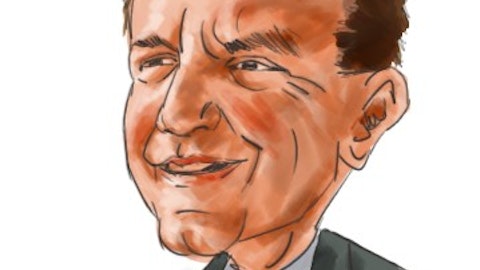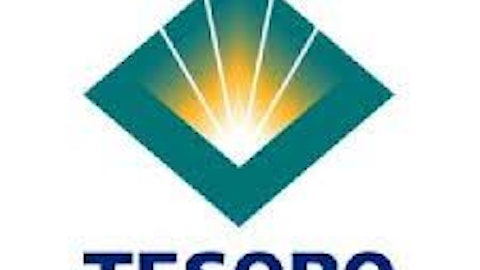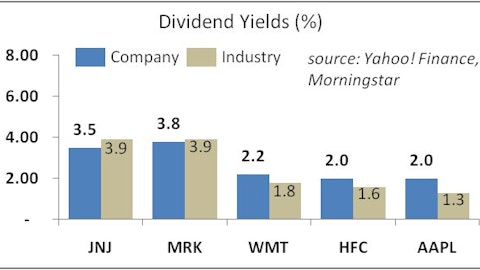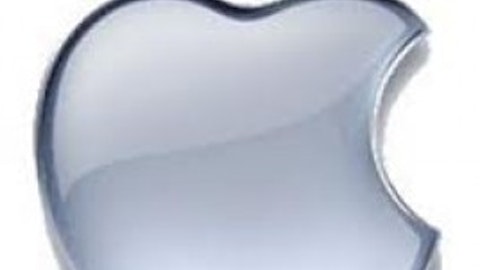Merck & Co., Inc. (NYSE:MRK) has seen great news recently as the FDA approved its OTC version of Oxytrol (Oxybutynin Transdermal System) for women – also good news for roughly 20 million women suffering from OAB, or overactive bladder. The Oxytrol patch, which Merck licensed from generic pharmaceuticals manufacturer Watson Pharmaceuticals, now known as Actavis Inc (NYSE:ACT), will soon become the first over-the-counter drug treatment for OAB on the market.
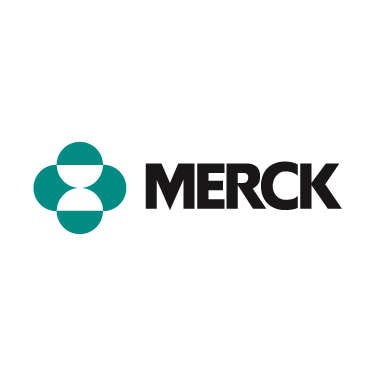
Even though current estimates for the OAB therapeutics market reach over $1.8 billion per year, future estimates show a slow but steady decline to $1.3 billion annually by 2019. Causes for this decline include the expiration of patents for brand name prescription treatments including Detrol, Detrol LA, and Toviaz, all manufactured by Pfizer Inc. (NYSE:PFE) and Oxytrol – patents that start to expire over the next six years. Expiring patents mean generic drug companies can manufacture and distribute their own versions and drive up the competition.
Actavis has already signed agreements with several pharmaceutical companies in addition to Merck to allow for the distribution of Oxytrol. By 2015, generic versions of Oxytrol will become available from companies like Barr Pharmaceuticals, a subsidiary of Teva Pharmaceutical Industries Ltd (ADR) (NYSE:TEVA). In 2009, the Barr settled a lawsuit with Actavis for a royalty-bearing license to produce a generic version of Oxytrol. Actavis has also signed a licensing agreement with Canadian pharmaceutical Paladin Labs.
Merck’s ability to offer an OTC version in the coming months helps secure its place in this market. With a growing population in need of OAB drug treatments, the convenience of going to a drug store and buying a product directly instead of visiting a physician for a prescription will definitely help Merck stand out from the increasing number of generic prescription versions developed over the next few years.
Other reasons for the slow decline of profits from OAB therapeutic drug treatments include increased demand for products such as protective pads for undergarments, the practice of Kegel exercises to strengthen pelvic floor muscles that help provide better bladder control, and the recent FDA approval of other types of treatments including Botox, manufactured by Allergan, Inc. (NYSE:AGN) for OAB patients who have had adverse reactions to existing prescription drug treatments. According to a study conducted by the U.S. government, a single injection of Allergan’s Botox into a woman’s bladder was found to reduce urinary incontinence as effectively as daily drugs and is better at resolving the problem. Allergan recently hit a new 52-week high after climbing nearly 15% so far in 2013. This strong performance stems from the company’s solid revenue growth, modest debt levels, and strong cash flow from operations, putting it in an overall solid financial position.
Estimated Earnings
Since 2003, physicians have prescribed over 40 million Actavis Oxytrol patches worldwide. Unlike other prescriptions like Detrol, Detrol LA, which patients have to ingest, or Gelnique, a topical treatment, patients simply remove an old patch every few days and replace it with a new one. For those that have issues swallowing pills or develop skin rashes after using a gel treatment, the Oxytrol patch may prove more effective.
